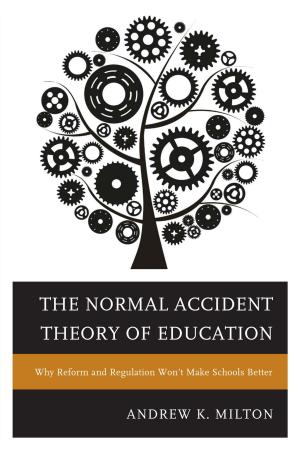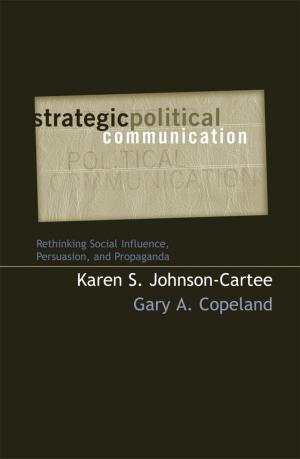In Dying We Are Born
The Challenge and the Hope for Congregations
Nonfiction, Religion & Spirituality, Christianity, Church, Church Administration| Author: | Peter Bush | ISBN: | 9781566995566 |
| Publisher: | Rowman & Littlefield Publishers | Publication: | December 3, 2007 |
| Imprint: | Rowman & Littlefield Publishers | Language: | English |
| Author: | Peter Bush |
| ISBN: | 9781566995566 |
| Publisher: | Rowman & Littlefield Publishers |
| Publication: | December 3, 2007 |
| Imprint: | Rowman & Littlefield Publishers |
| Language: | English |
Deeply ingrained in Western culture, and in the minds of most church leaders, is the belief that there is a solution to every problem. Peter bush offers a powerful challenge to this approach, arguing that for new life, energy, and passion to arise in congregations, they must die--die to one way of being the church in order that a new way may rise. Bush identifies two types of dying congregations. Some congregations need to close their doors, bringing to an end years of ministry. Other congregations need to dramatically change their culture and ways of doing ministry. Such change may not entail literally closing the congregation's doors, but it will require people giving up deeply held understandings of the life and purpose of the congregation. All congregations, Bush contends, even ones that see themselves as healthy, need to be prepared to die, to take up their cross, so God can make them alive. A skillful storyteller, Bush shows readers why churches must confront their mortality. He examines the role of the prophetic leader, who proclaims both the congregation's death and its resurrection. He explores spiritual practices and the habits of wonder, remember, and risk taking for congregations that know they are dying--or need to die. Only by dying, Bush says, will a congregation find resurrection life, given by God who raises the dead to life
Deeply ingrained in Western culture, and in the minds of most church leaders, is the belief that there is a solution to every problem. Peter bush offers a powerful challenge to this approach, arguing that for new life, energy, and passion to arise in congregations, they must die--die to one way of being the church in order that a new way may rise. Bush identifies two types of dying congregations. Some congregations need to close their doors, bringing to an end years of ministry. Other congregations need to dramatically change their culture and ways of doing ministry. Such change may not entail literally closing the congregation's doors, but it will require people giving up deeply held understandings of the life and purpose of the congregation. All congregations, Bush contends, even ones that see themselves as healthy, need to be prepared to die, to take up their cross, so God can make them alive. A skillful storyteller, Bush shows readers why churches must confront their mortality. He examines the role of the prophetic leader, who proclaims both the congregation's death and its resurrection. He explores spiritual practices and the habits of wonder, remember, and risk taking for congregations that know they are dying--or need to die. Only by dying, Bush says, will a congregation find resurrection life, given by God who raises the dead to life















